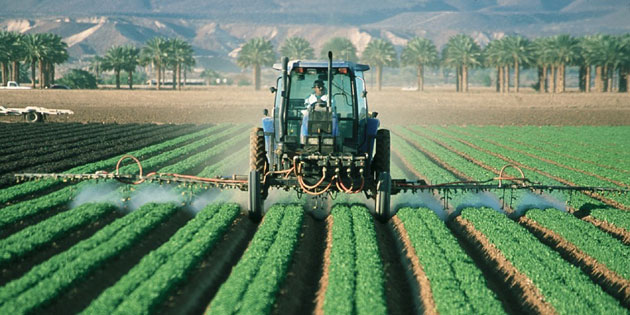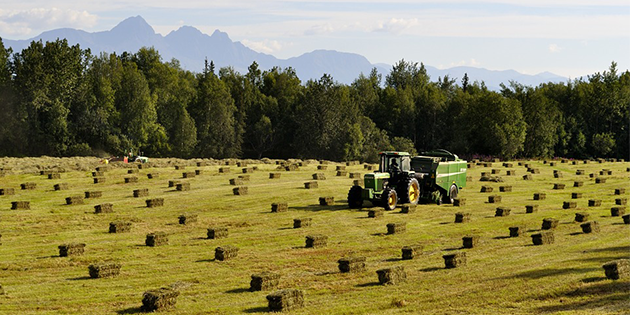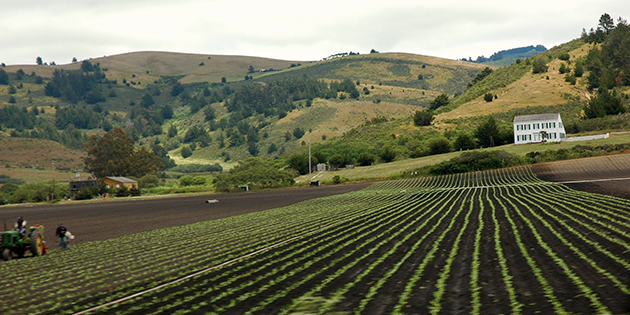If you own a farm, chances are there is a shop on that farm. And while crops and livestock may be the lifeblood of a farm, the shop is what keeps everything in working order.
Unfortunately, farm shops can be dangerous places. The tools and machinery contained in shops, when used incorrectly, can lead to injuries and, in rare cases, even death. During the cold, winter months, shops are especially busy as equipment repair and maintenance tasks are undertaken.
Not every shop accident can be foreseen or prevented. However, agricultural safety experts say that shop accidents and injuries can be drastically reduced by keeping the following in mind when working in the shop:
1. Good housekeeping goes a long way. Trips and falls are most often caused by clutter so make sure to keep walkways and work areas swept and free of debris. It also is important to clean up any spills right away.
2. Keep things well lit. Poor lighting makes it difficult to perform work safely and can cause eye strain. Make sure the entire shop is adequately lit and be sure to change burnt out bulbs promptly.
3. Save your back. Hydraulic lifts and hoists help to prevent back strain and injuries. Be sure to use this type of equipment when lifting heavy objects.
4. Protect yourself. Personal protective equipment (PPE) is a must in the shop. From eye goggles to heavy-duty work boots, failure to use the appropriate PPE can lead to injuries. Whether it is a mask to protect from filter dust or steel-toed boots to save your feet from falling objects, make sure you are always dressed for the job.
5. Get grounded. When electrical equipment isn’t properly grounded you risk electrical injury. Also be careful never to use frayed cords or cord less than 12-gauge. These type of cords may cost more but are well worth the investment as they are safer and help prevent motor damage.
6. Extinguish fire risks. Flammable and combustible materials should be stored away from heat sources and flammable liquids must be stored in covered containers. Always hang fire extinguishers near shop doors and check them annually. Proper ventilation also is essential.
Shop safety is a vital part of overall farm safety. If you are unsure if your shop is up to code, or need help installing safety features, it may be in your best interest to seek the advice of a safety expert. After all, whether you are working in the field or in the shop, safety must always be your first priority.



